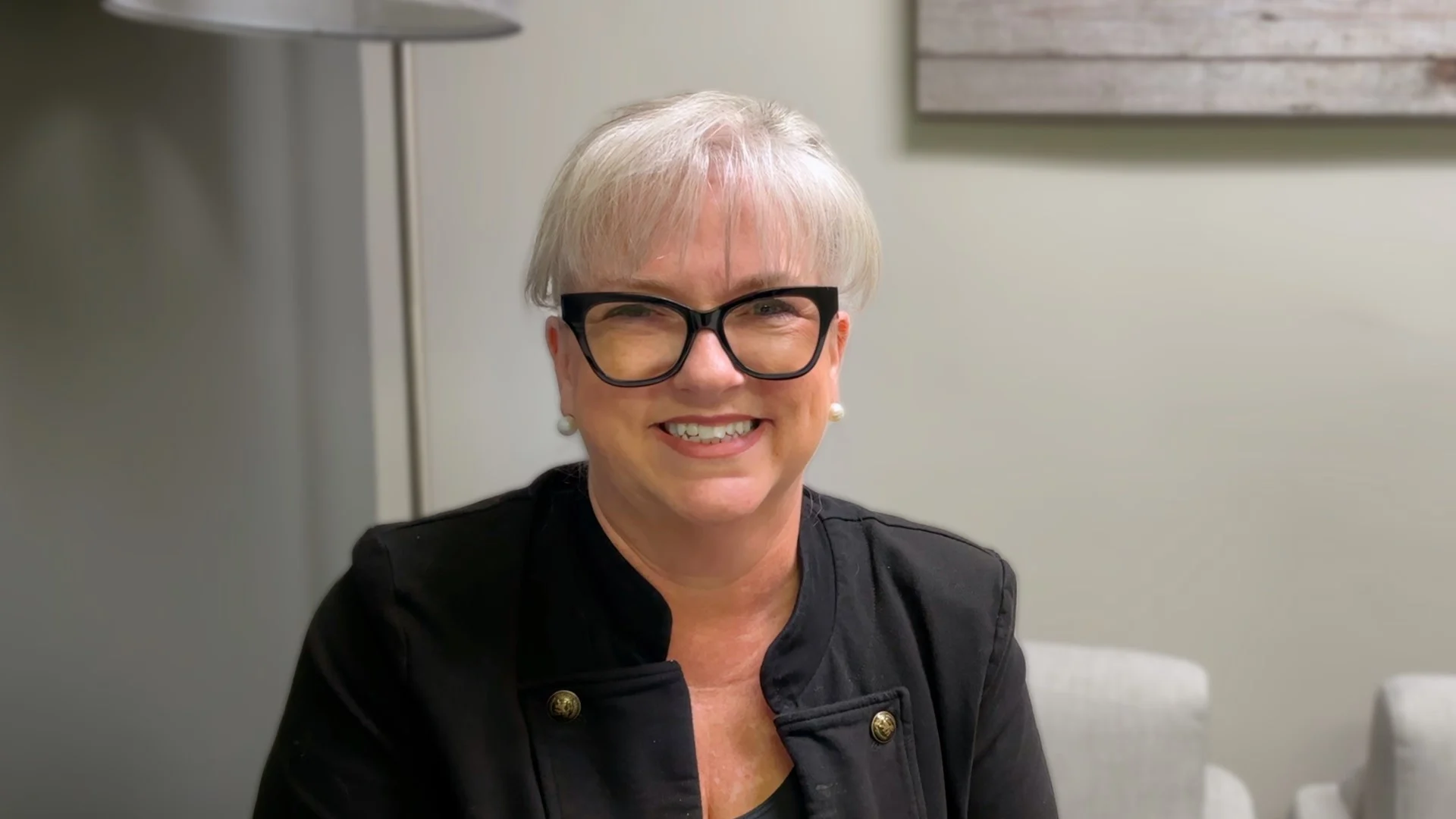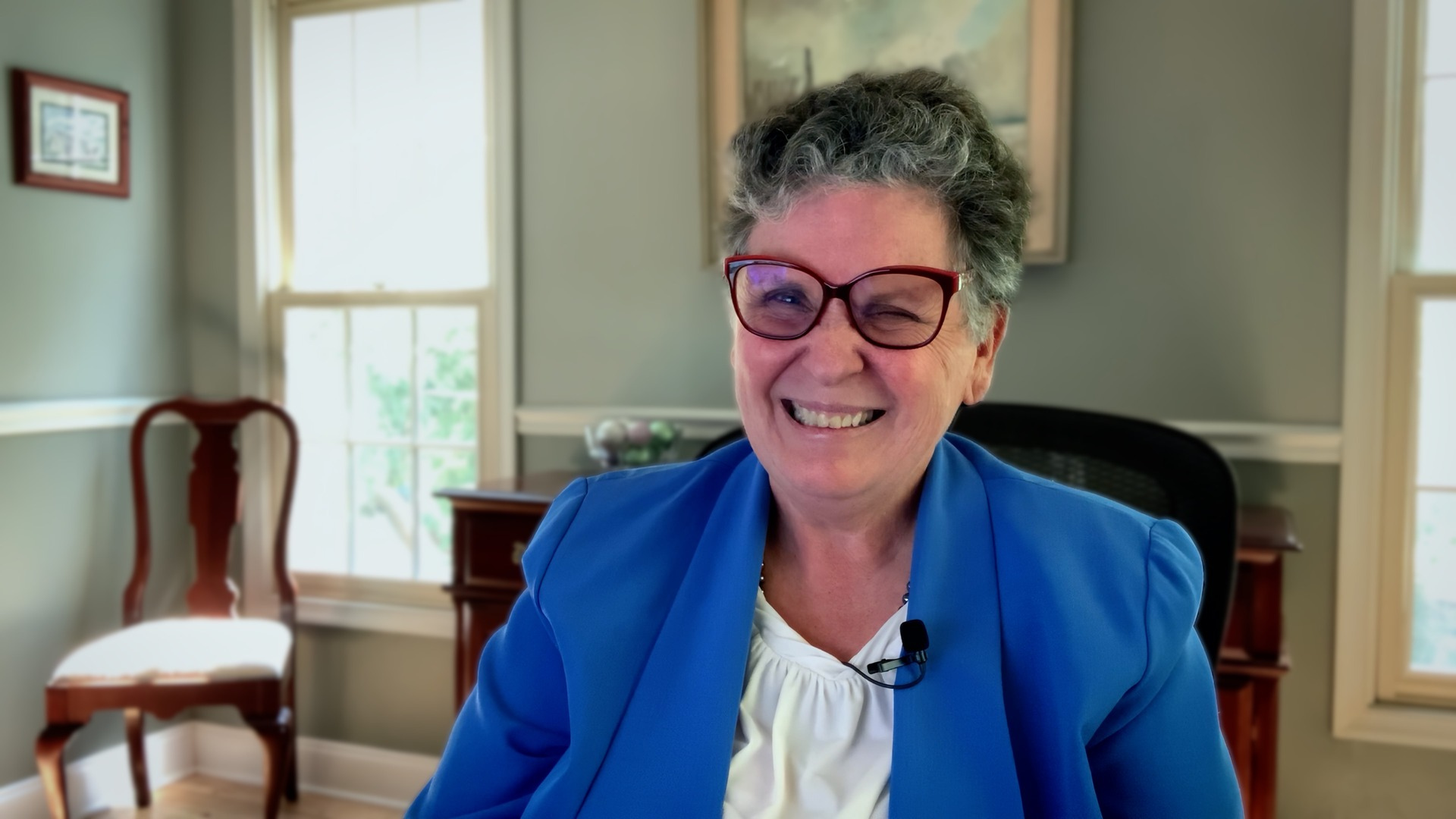
Why Certified Deaf Interpreters Are Essential to Healthcare
Not all individuals who are Deaf or Hard-of-Hearing (HOH) communicate via American Sign Language (ASL). Just like with spoken languages, there are many forms of Sign Language. In fact, there are three major forms of Sign Language currently used in the United States alone, including ASL, Pidgin Signed English (PSE) and Signed Exact English (SEE).
The PSE vocabulary is drawn from ASL but follows the English word order. Words that do not carry information, such as prepositions and word endings are often dropped.

SEE stems from signs drawn from ASL. The signs are further expanded upon to include words, prefixes, tenses and endings that match the same elements as spoken English.
Individuals who are Deaf or HOH may also utilize home signs, often developed as a means of understanding within the family.
ASL is not a universal language, which is why Certified Deaf Interpreters (CDIs) are essential in bridging communication barriers within the Deaf community.
Defining CDI
A Certified Deaf Interpreter (CDI) is a specialist who provides interpreting, translation, and transliteration services, utilizing American Sign Language and other visual and tactual communication forms used by individuals who are Deaf, HOH, and Deaf-Blind. CDIs are Deaf themselves with a deep-rooted understanding of Deaf culture.
They provide interpreting services to Deaf consumers who may utilize other sign languages apart from ASL or who may have linguistic impairments that prevent them from fully utilizing a traditional ASL interpreter.
Situations that call for a CDI include emotional situations, cases of mental health, sexual abuse, and trauma, situations with ASL learners, children with developing language ability, foreign-born Deaf individuals, individuals who communicate via home signs and those with developmentally minimal language skills.
How It Works
The Certified Hearing Interpreter (CHI) interprets to ASL. The CDI then interprets the message into a visual form of communication that is customized to suit the specific needs of the Deaf patient. The CDI may make use of mime, props, and other mechanisms to ensure that the message is effectively communicated to the Deaf individual. A CHI is then used to put the message into spoken English.
We are a proud provider of CDI services. Click here to learn more about our language services.
AMN Healthcare's Language Services
Additional Language Services Resources
Latest News
Webinar Recap Part 1: Affordable Care Act – Section 1557
Learn how healthcare providers can prepare for Section 1557 regulatory updates, with a focus on nondiscrimination, language access, and training requirements.
What the ‘English as the Official Language’ Executive Order Means for Language Services in Healthcare
Understand the implications of the executive order on language services in healthcare. AMN Language Services is committed to providing the highest quality healthcare interpretation services.
Onvida Health Partners with AMN Language Services to Enhance Patient Care
Discover how Onvida Health transformed patient care and communication with AMN Language Services.
Proven Success in Multilingual Healthcare: Shriners Children’s System and AMN Healthcare Partnership
By providing reliable interpretation for Shriners Children’s System, every patient can receive the exceptional care they deserve. Discover how AMN Healthcare Language Services bridges
Fostering Understanding in Healthcare:
Discover the transformative impact of AMN Healthcare Language Services in this heartfelt testimonial from the Ronald McDonald House of Fort Worth.
Celebrating Excellence in Healthcare Partnerships: 2024 Supplier Horizon Award Winner
Learn AMN Language Services' achievement as the 2024 Supplier Horizon Award Winner and our outstanding dedication to improving communication, inclusivity, and compassion in healthcare.
Navigating the New Era of Hospital Accreditation, Health Equity, and Legal Compliance
Massachusetts is the first state to mandate specific accreditation and certification requirements that incentivize healthcare equity.
The Critical Role of In-Person (onsite) Interpreters in Healthcare
While technological advancements have introduced various modes of interpretation, there are specific scenarios in the healthcare industry where the physical presence of an interpreter is a better











